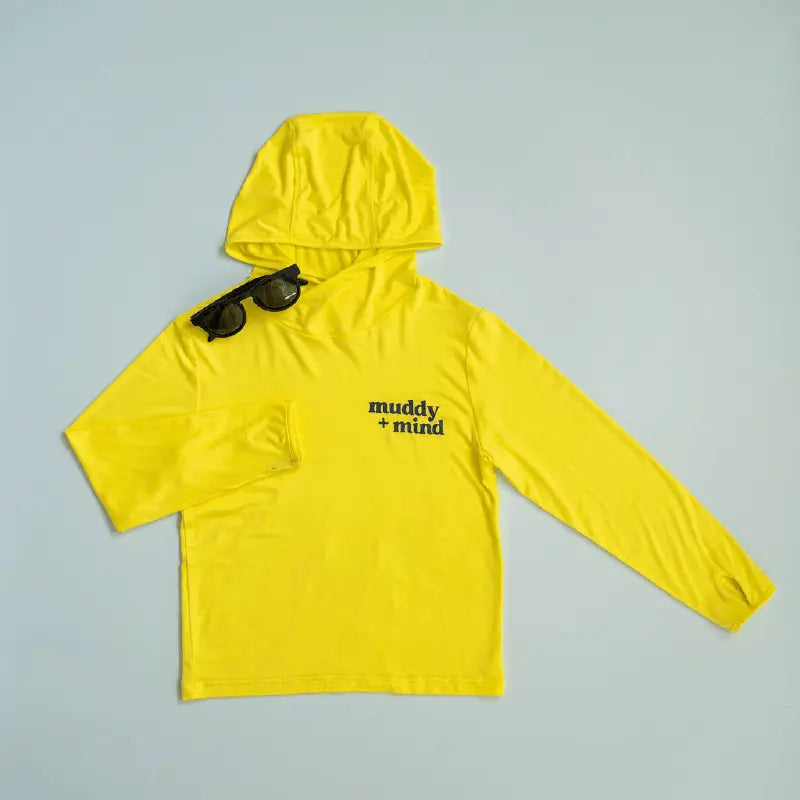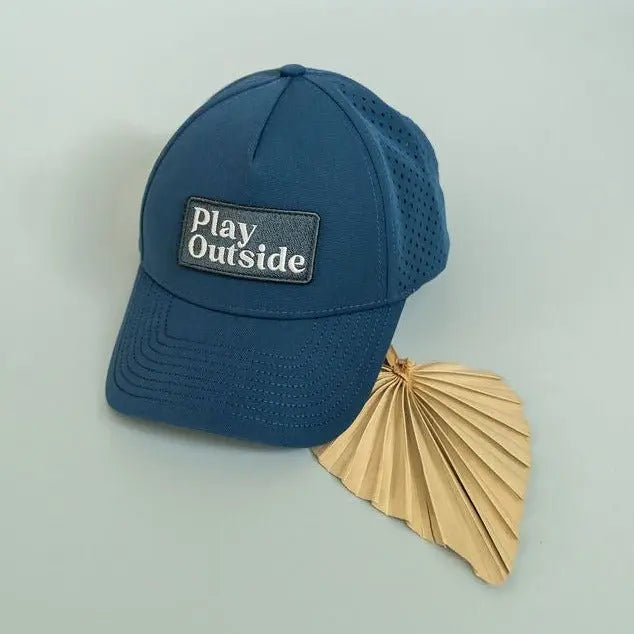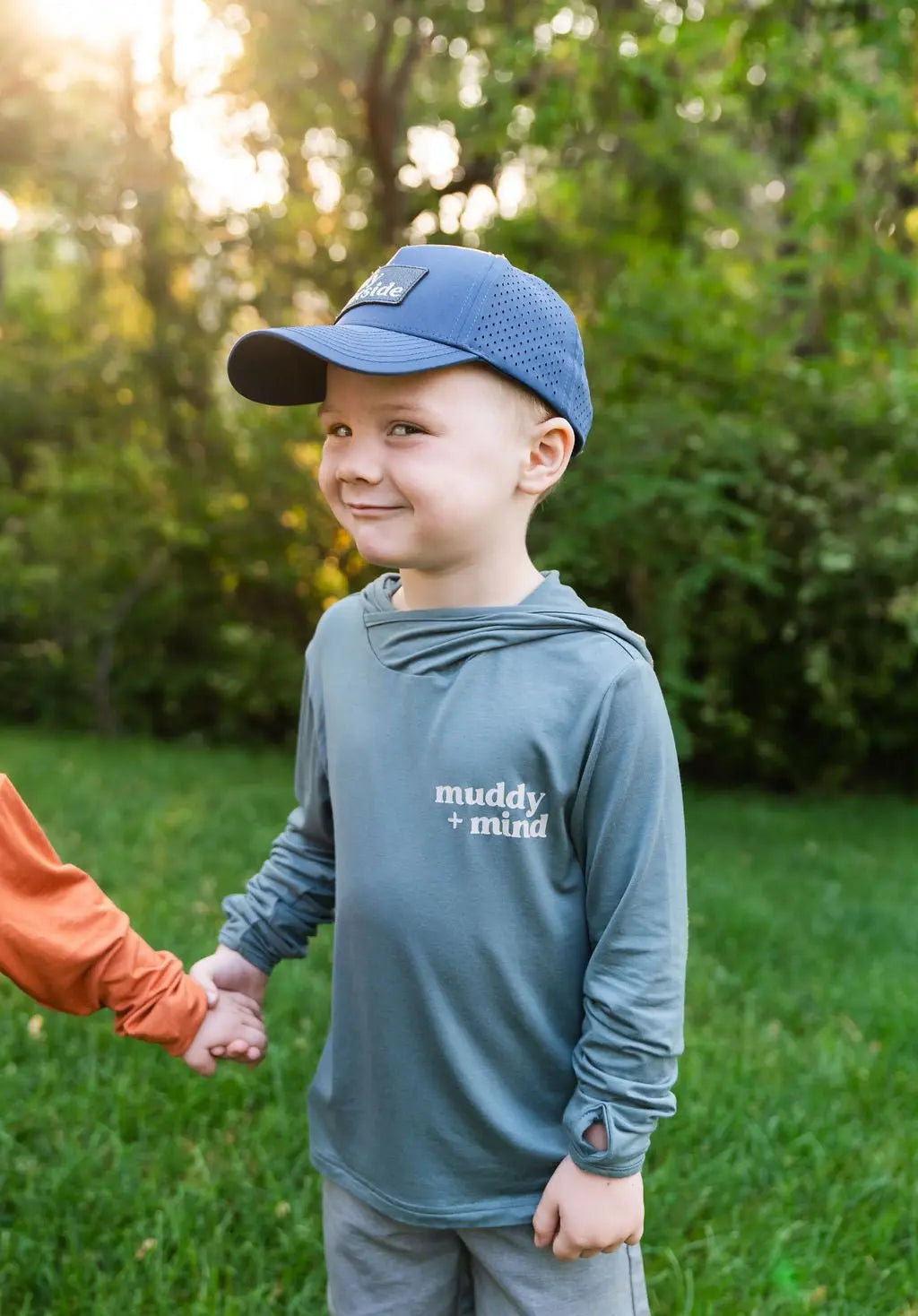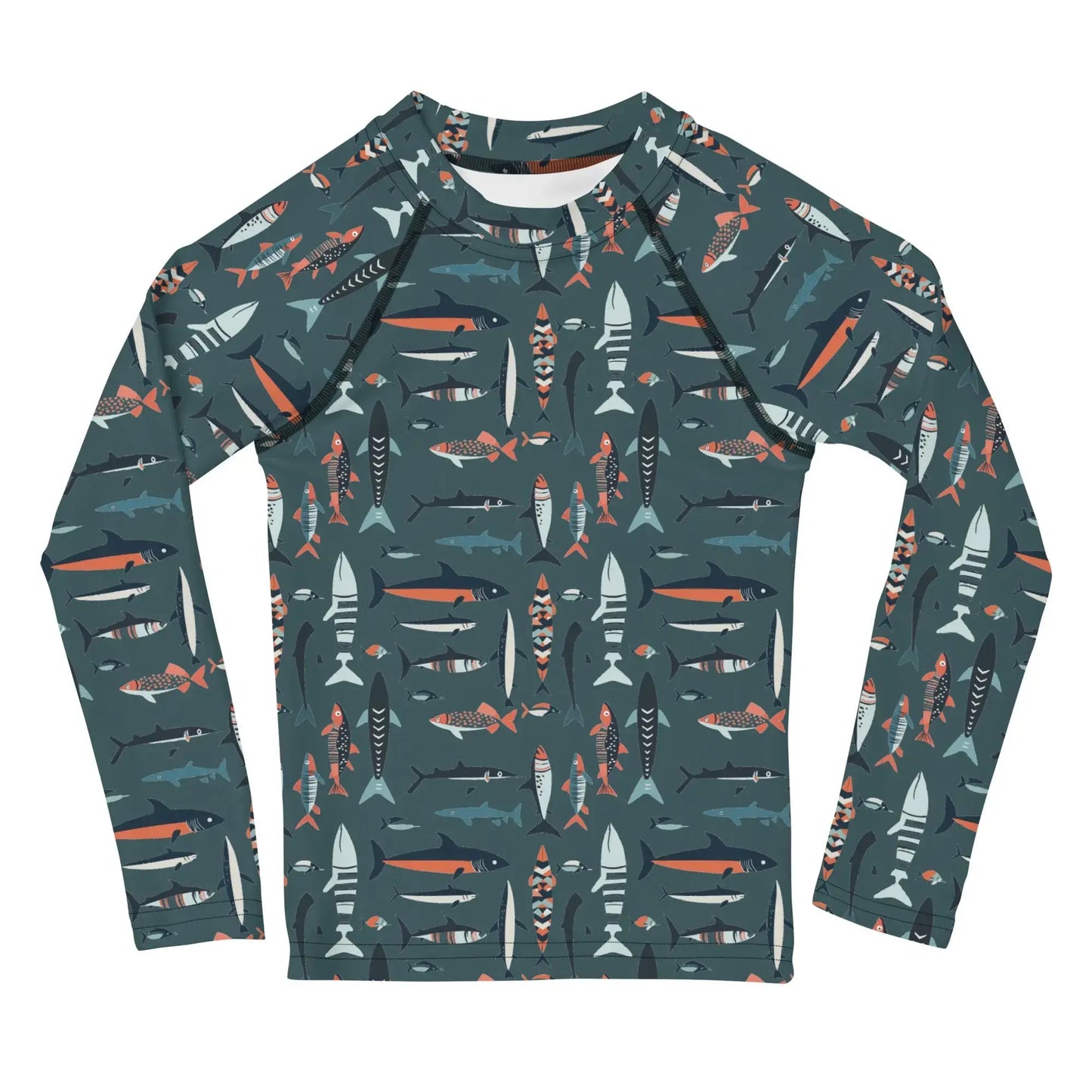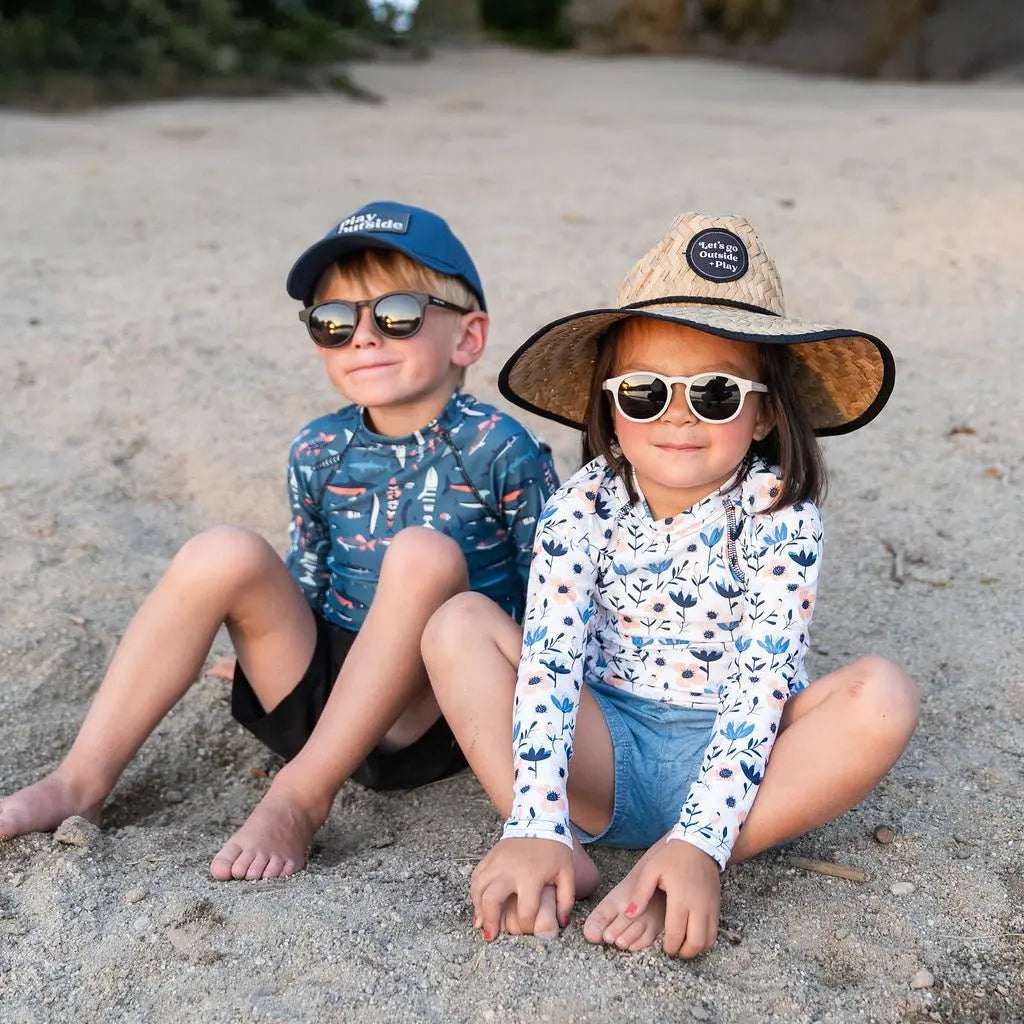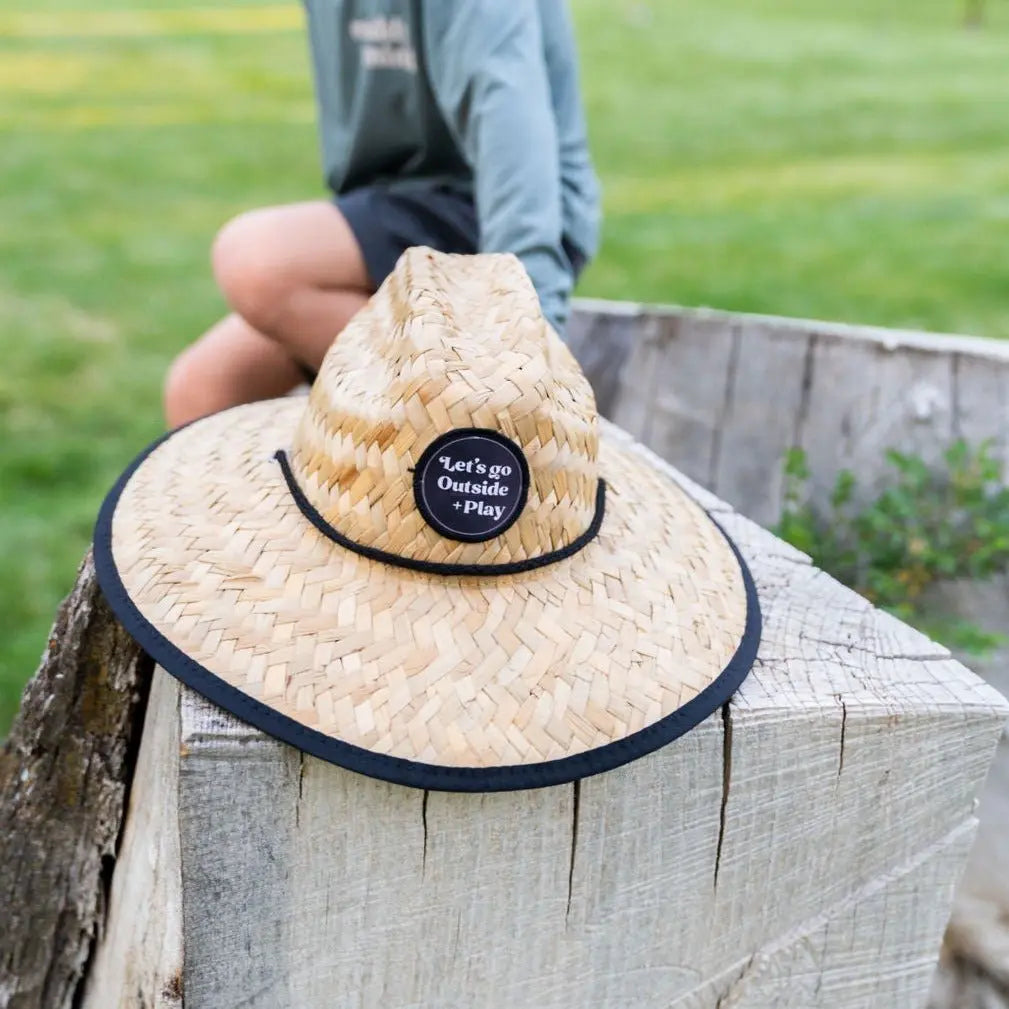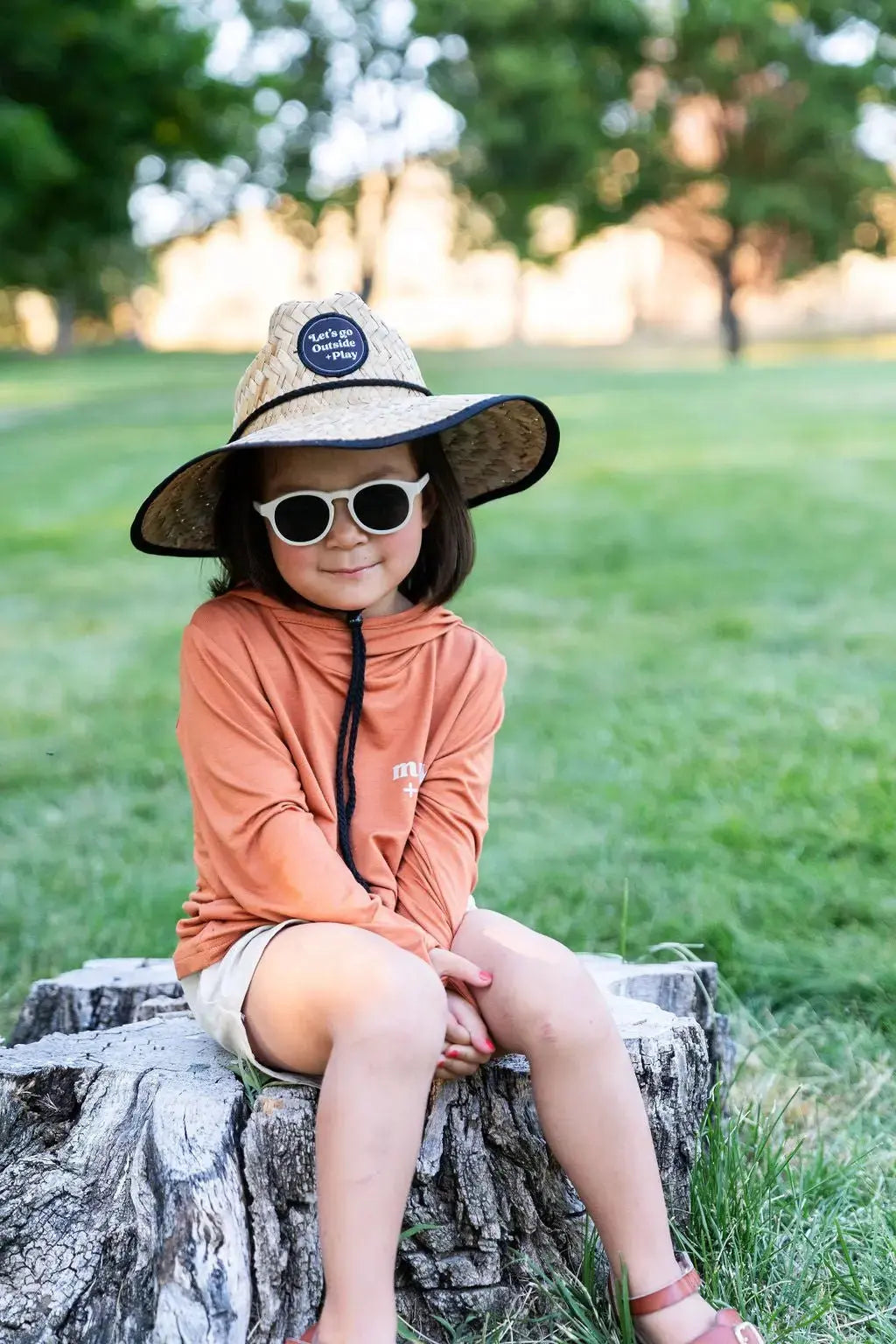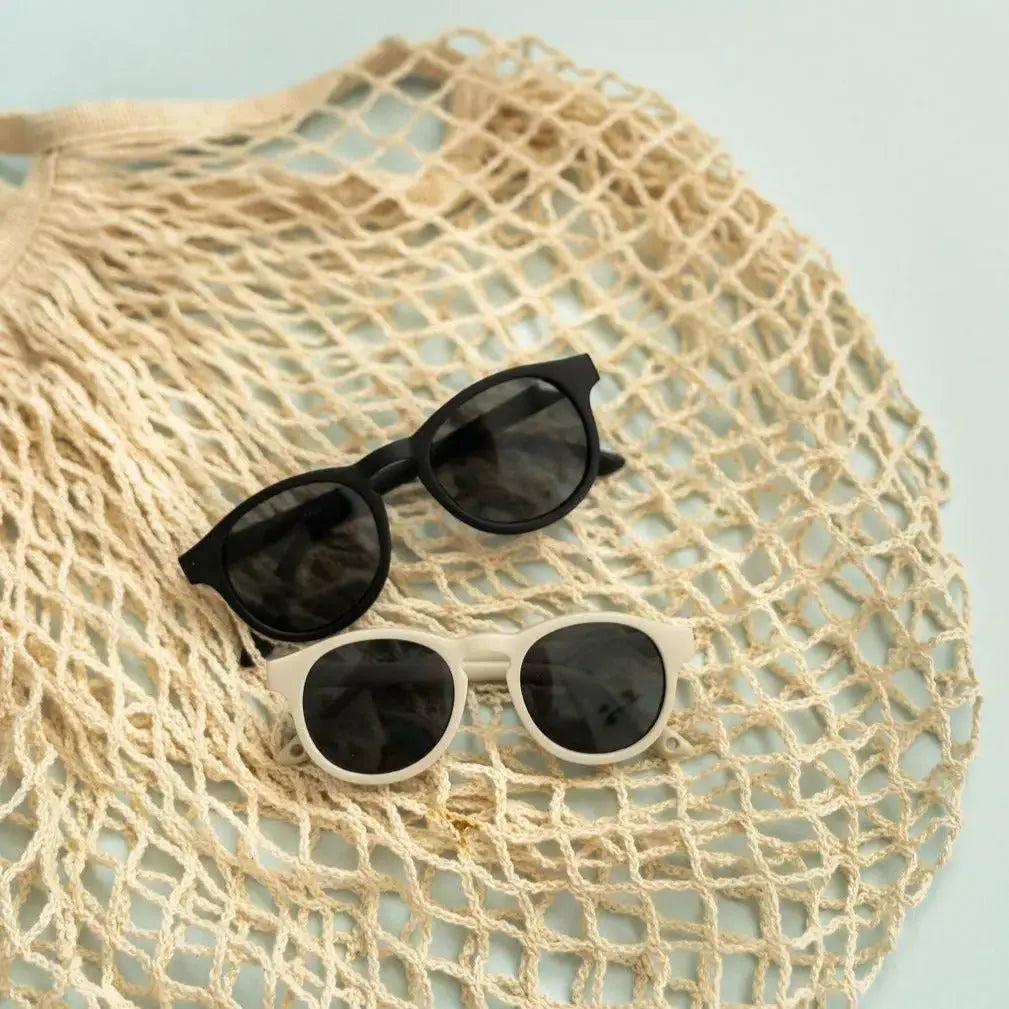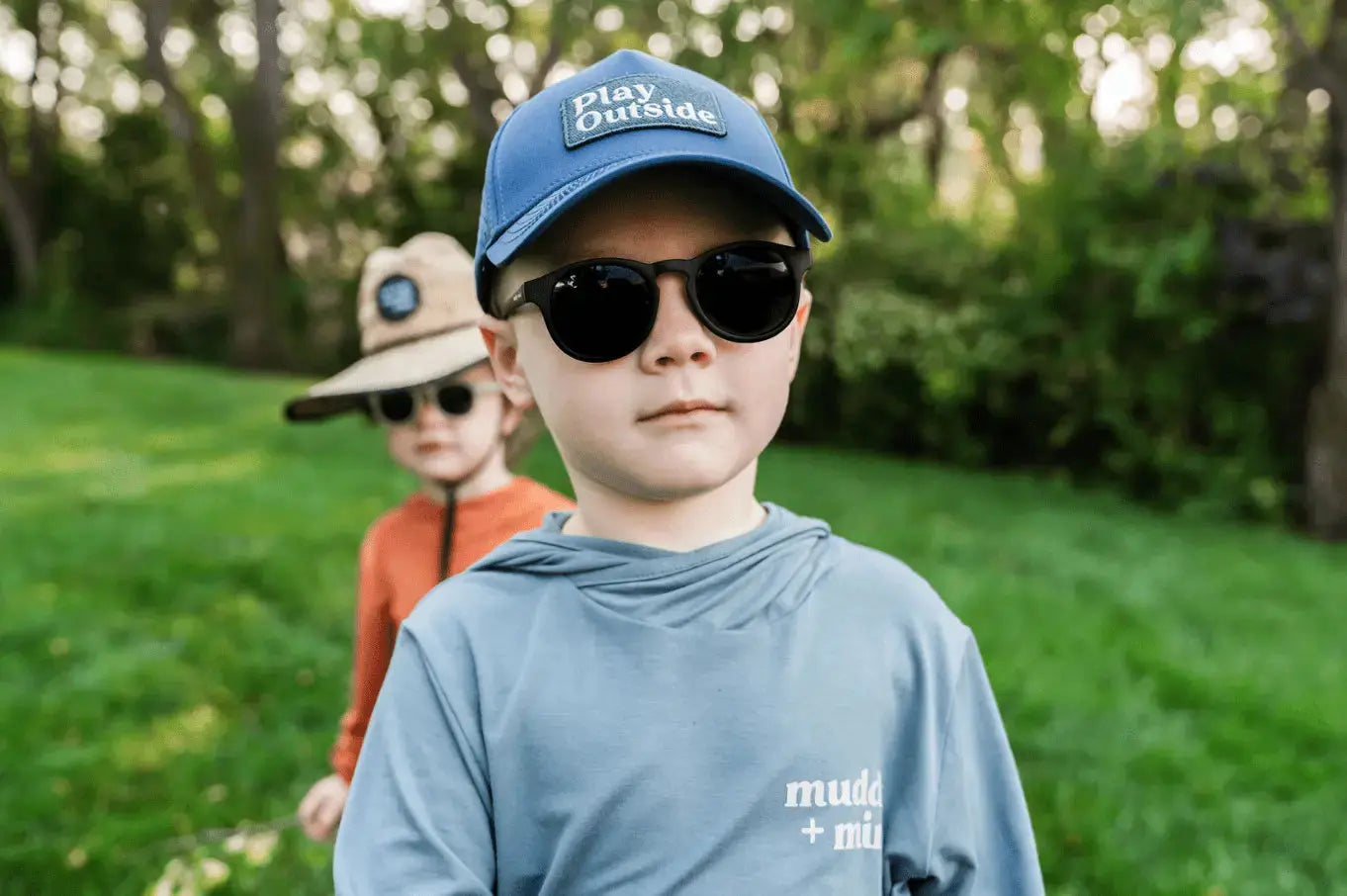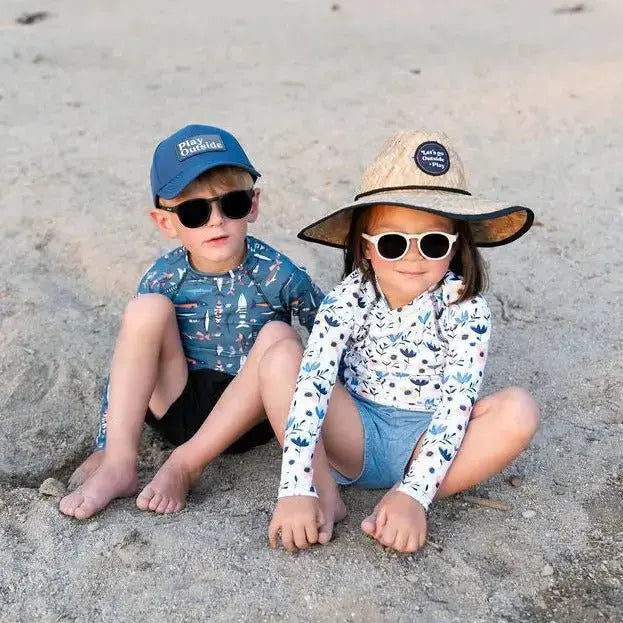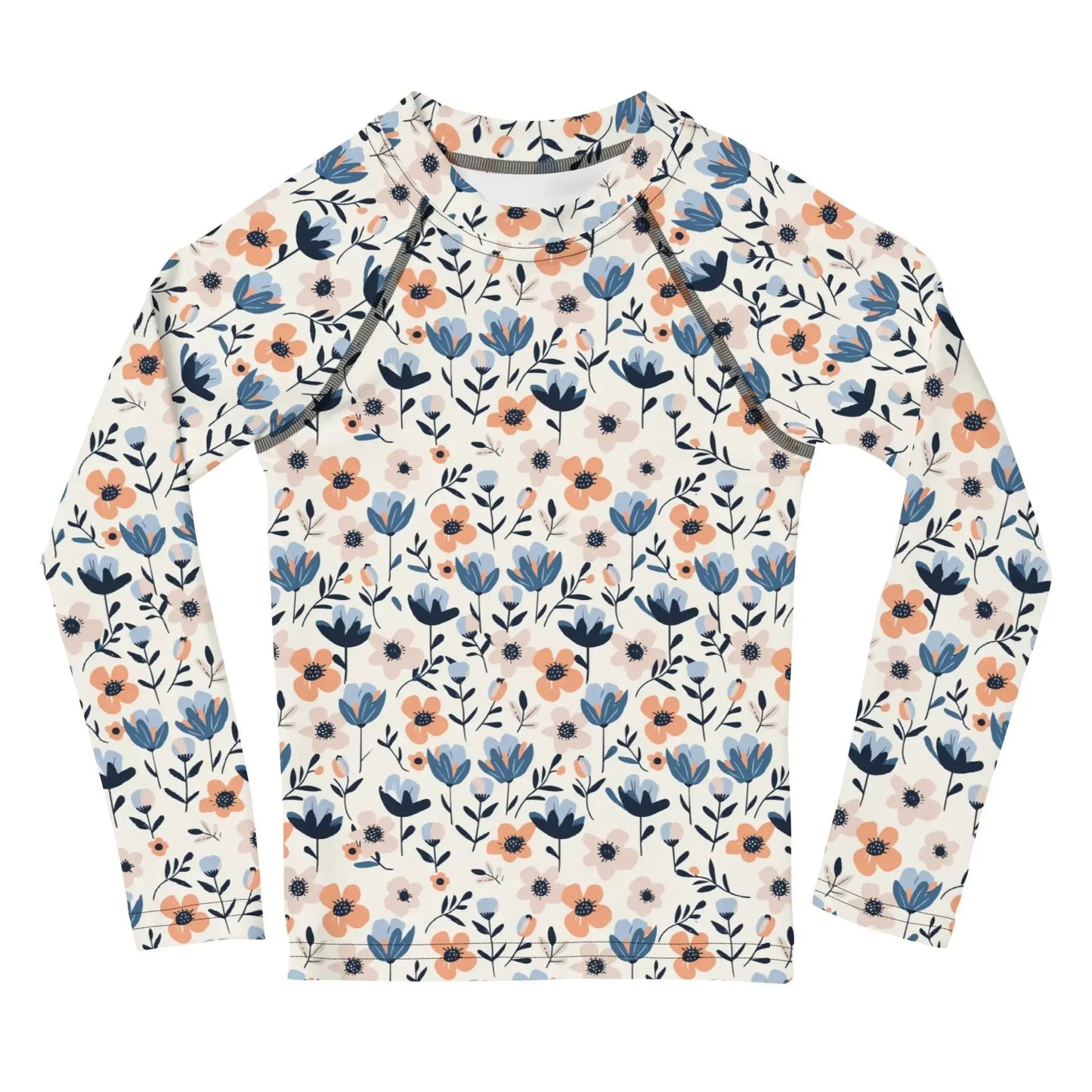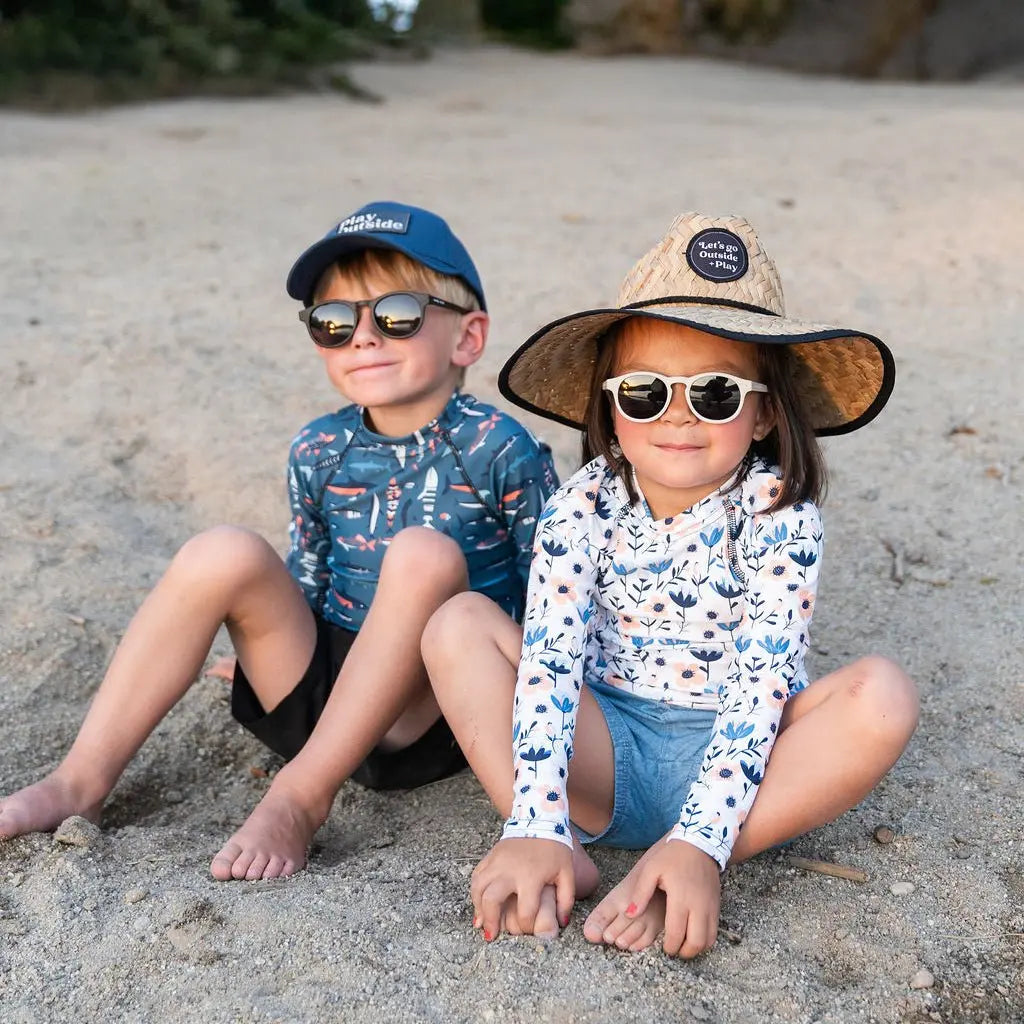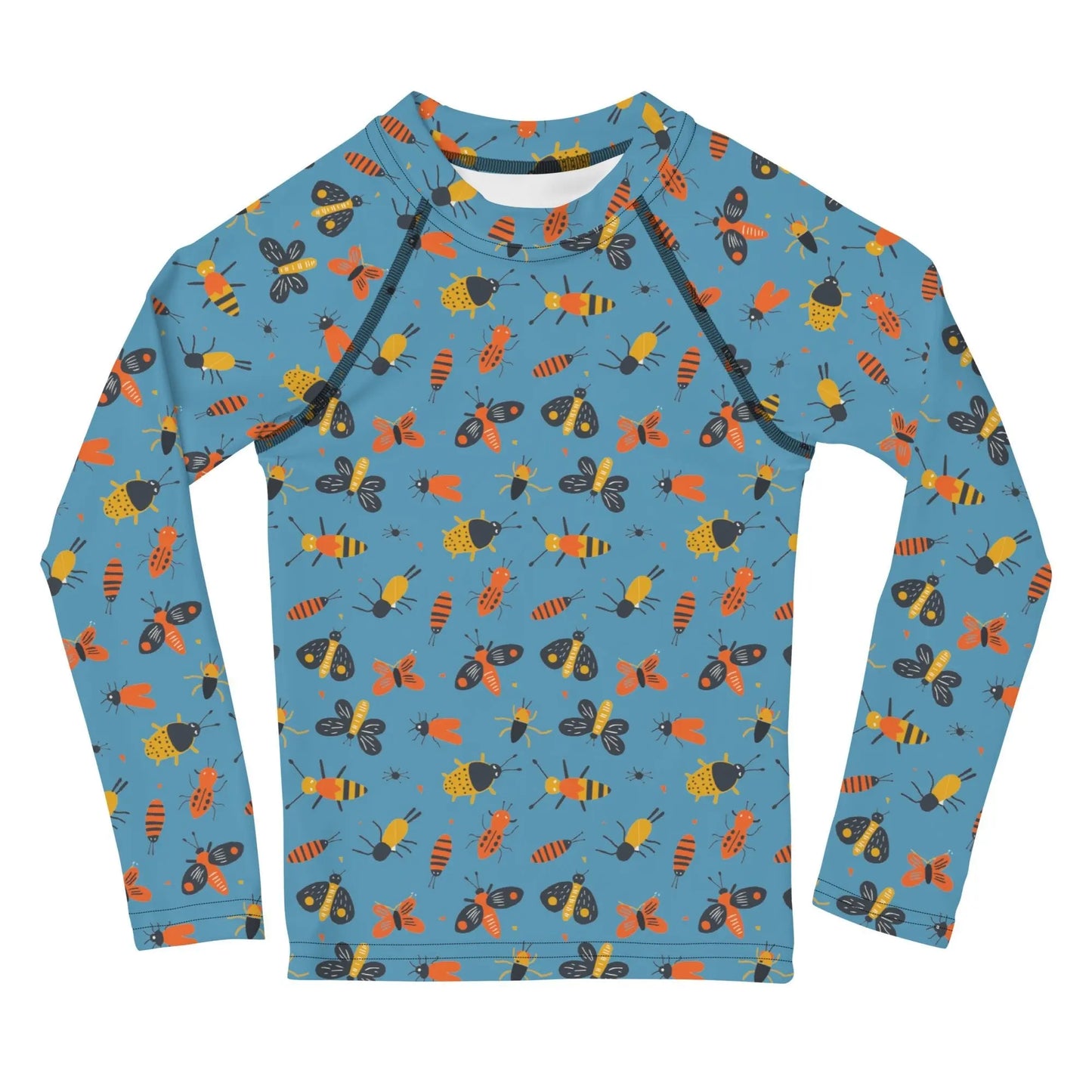Up to 30% off on ONE shirts and Rash guards when you get one for you and one for your little one to match. Automatically applies at checkout.
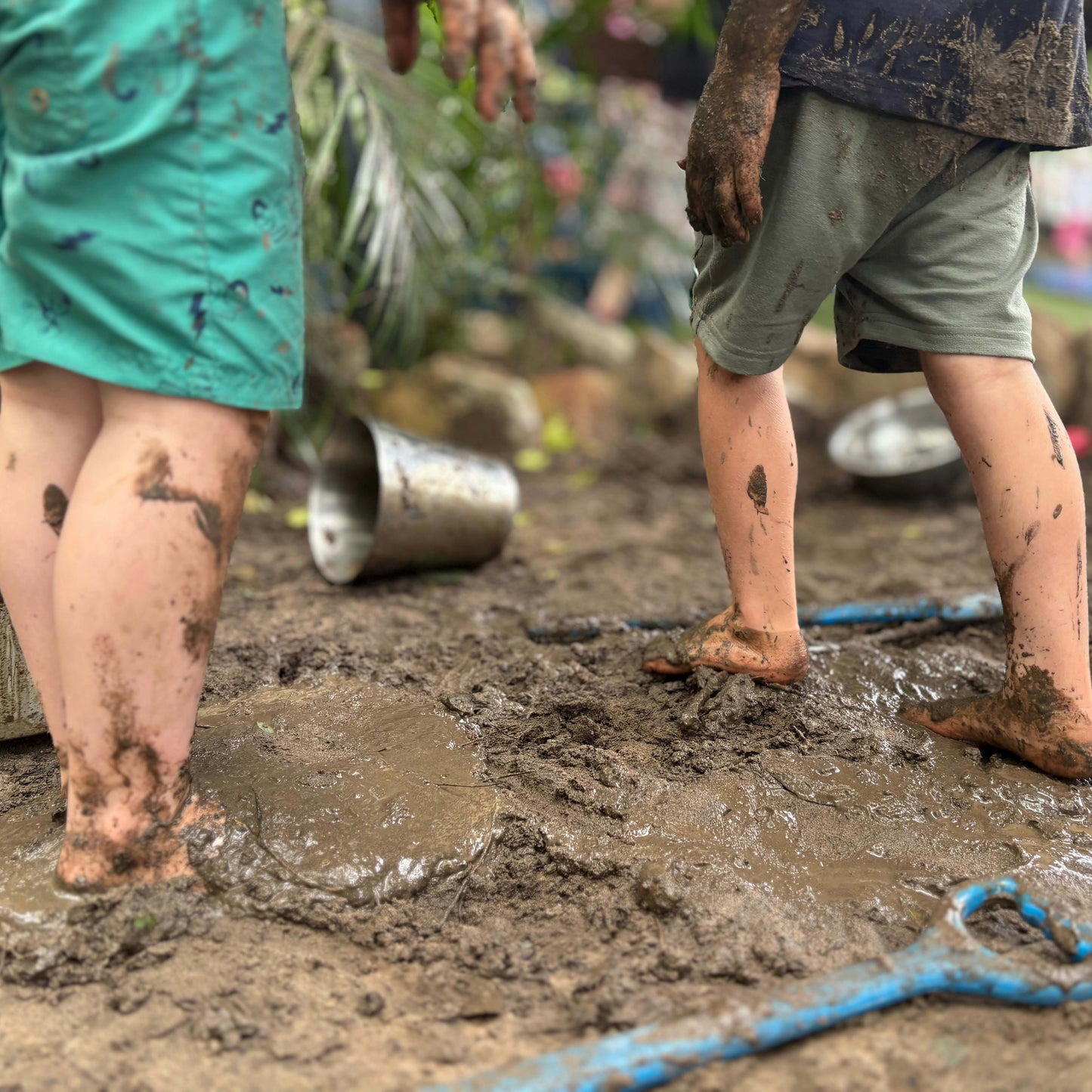
Backyard Biologist: Encouraging Kids to Explore Local Wildlife
Last spring, my kids found a ladybug on our back fence and spent twenty minutes watching it crawl up and down a leaf. I realized then that curiosity doesn’t need miles of trail, it just needs time and a few good questions.
You don’t need to live near a national park to spark a love for nature. You can raise a backyard biologist right where you are. Here’s how to turn everyday outdoor moments into mini science adventures that build confidence, curiosity, and care for the planet.
Start Small: What’s Already in Your Backyard
You don’t have to go far. Your yard, neighborhood park, or even a patio planter can become an outdoor lab.
Start with a five-minute observation:
- What’s moving? (ants, bees, lizards)
- What’s growing? (grass, weeds, moss)
- What do you hear? (birds, wind, insects)
Give kids a small notebook or nature journal to record what they notice. They can draw, write, or simply count.
Tools of the Trade (No Fancy Gear Needed)
You probably have everything you need already:
- A magnifying glass or clear jar
- A spoon or small shovel for gentle digging
- A container or bug box for temporary observation
- A phone camera or binoculars for spotting from a distance
Encourage “look, don’t touch” exploration when possible, observing gently teaches respect for wildlife.
If your child is sensory-sensitive, gloves or a paintbrush can give them space to explore textures comfortably
Encourage Observation, Not Collection
The goal isn’t to collect things, it’s to build awareness.
Ask open-ended questions like:
- “Where do you think this bug is going?”
- “What do you think it eats?”
- “Why do you think that bird came back?”
Encouraging kids to think like scientists helps them develop focus, empathy, and patience, skills that translate far beyond outdoor play.
For extra inspiration, try the iNaturalist Seek app. It helps identify plants and animals in your area through photos and is kid-friendly.
Create a Mini Habitat
You can make your yard or patio more wildlife-friendly by adding:
- Native plants (attract local pollinators)
- Shallow water bowls for birds or bees
- Bug hotels or bird feeders
Even a single potted plant can draw butterflies or bees. Let your kids take ownership, watering, checking for visitors, or drawing what they see.
Dress for Comfort and Curiosity
Outdoor exploration is more fun when kids aren’t distracted by discomfort.
We use the ONE bamboo sun shirt because it’s soft, breathable, and UPF 50+, protecting them from the sun while keeping them cool during long observation sessions.
Add hats, water bottles, and bug spray, and you’re set for hours of adventure.
Go Beyond the Backyard
Once they’ve explored close to home, expand their curiosity:
- Visit local nature centers or state parks
- Join a community bird count or junior ranger program
- Take photos and start a “wildlife of our neighborhood” scrapbook
The Audubon Society has great family-friendly ideas for beginner birding and wildlife spotting.
Why Backyard Biology Matters
Kids who learn to observe instead of overlook nature grow up seeing the outdoors as something to protect, not just visit.
When they learn that every tiny bug and bird has a purpose, it builds empathy, awareness, and care for the environment.
The best scientists start with wonder—and the best adventures often start in our own backyards.

